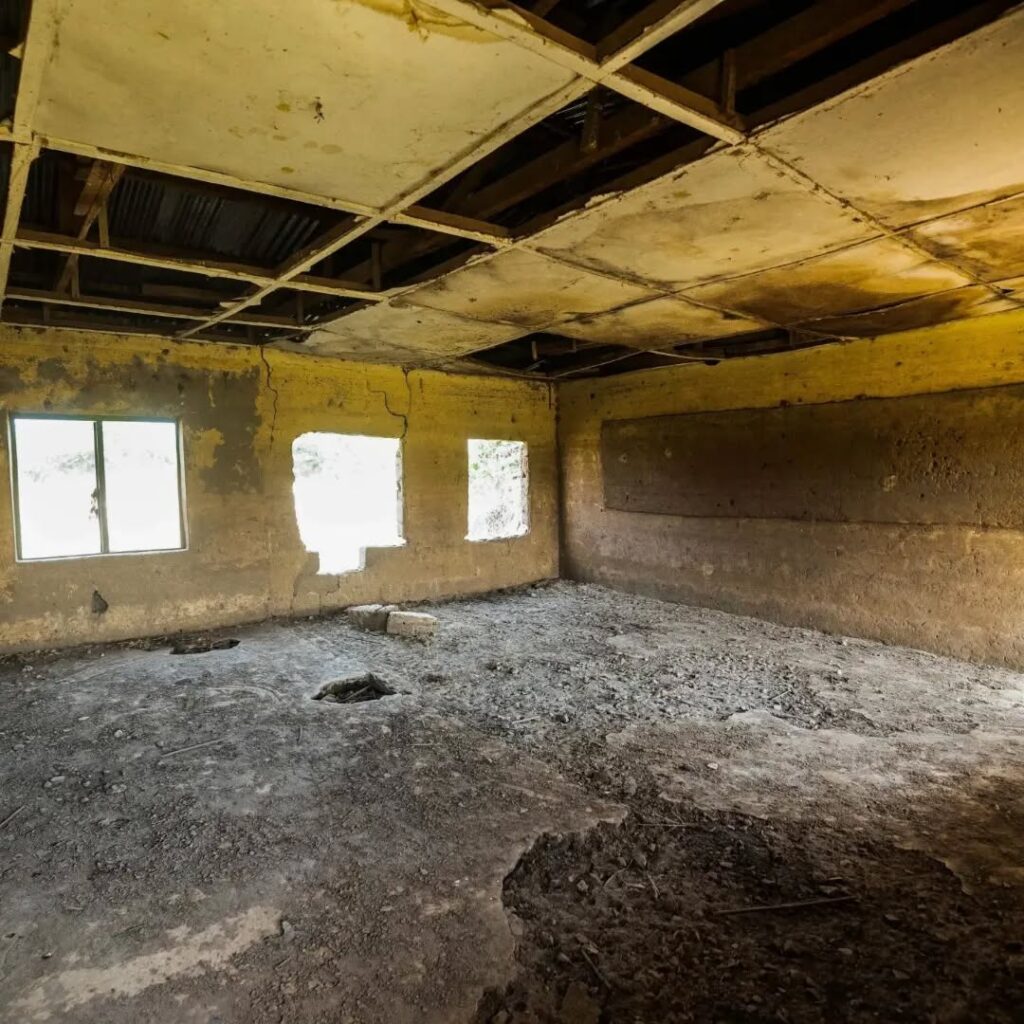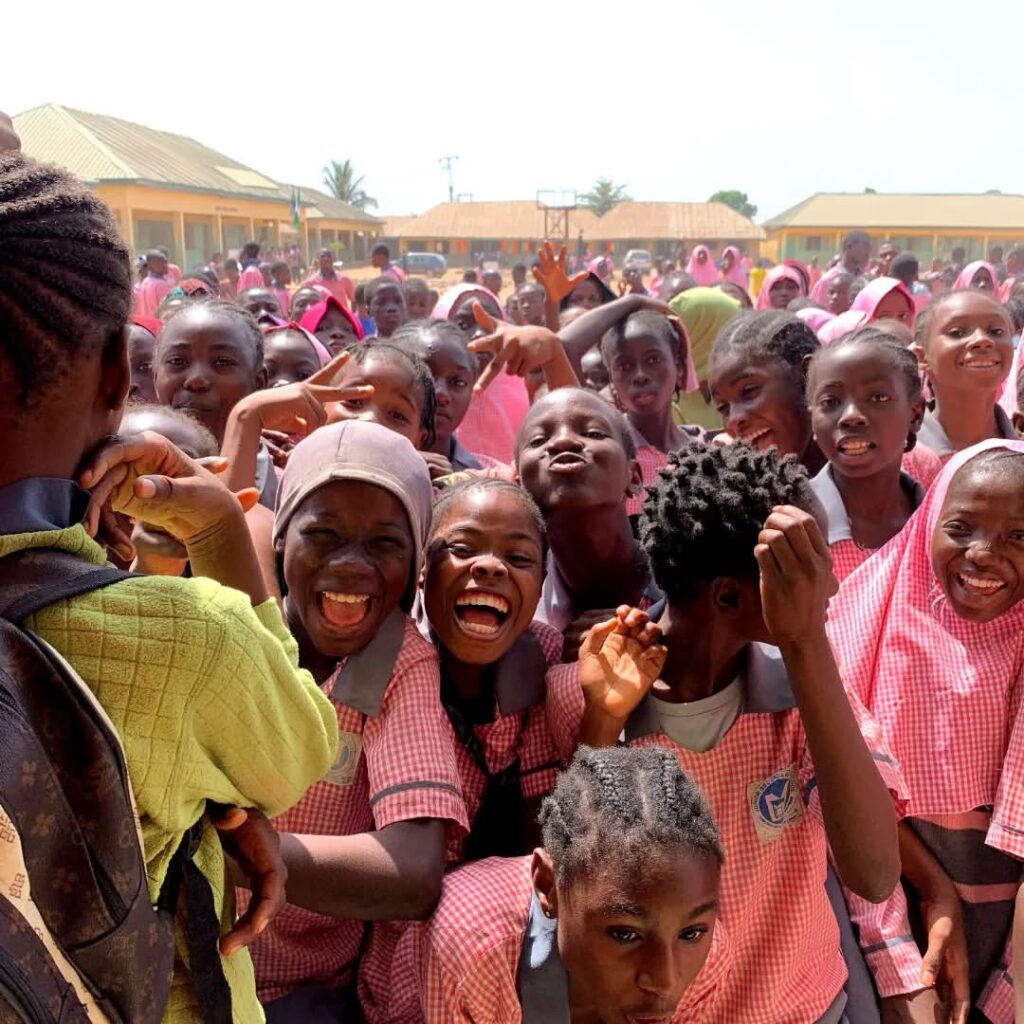SDG 4: “Ensure inclusive and equitable quality education and promote lifelong learning opportunities for all.”
In Nigeria, literacy is often interchanged with education, particularly in rural communities where most children are sent to school for only a few years. Parents in these areas believe that once their children can read and write, it suffices as education. So these kids are pulled out of school at an early age and sent off to marry, or to use their newfound English-speaking ability to sell okra in the market.
Quality Education goes beyond that. Quality education encompasses the intellectual, social, personal, and even religious development of a child. Quality education prepares individuals to navigate complex societal challenges, and empowers them with the critical thinking skills they need to solve problems and develop innovative solutions in society.
This article explores the difference between literacy and education, and proffers solutions for building a bridge between both ends.
The Interrelation Between Literacy and Education
Literacy refers to the ability to read and write. It is a fundamental skill that enables individuals to comprehend information and communicate effectively. Being literate does not necessarily equate to being educated. An individual may possess the ability to read and write but lack critical thinking skills or comprehensive knowledge in various subjects.
Education builds upon literacy by promoting a deeper understanding and application of knowledge. It is a holistic, broader spectrum that involves the systematic acquisition of knowledge, skills, values, and attitudes through formal schooling and informal experiences/training.
Achieving high literacy rates is a step in the right path, but it is not the sole indicator of an educated populace. Literacy, in its basic form, is not enough. A child who can read words but has not been taught to think critically, to question, to aspire beyond their immediate reality, remains trapped in a cycle of limitation.
Bridging the Gap: How Do We Promote Education, Not Just Literacy?
Bridging the gap between learning and education is not just necessary — it’s urgent. To achieve this, we must rethink what education means and commit to reforms that foster lifelong learning, creativity, and innovation. Some of such reforms include:
- Curriculum Reform: School curriculums must go beyond theoretical learning. We should incorporate practical and vocational studies too, teaching students 21st century skills that help them thrive. Activities like STEM competitions, soft skills training, behavioral training, art workshops, sports competitions, etc., should be implemented in schools more often, as they are integral to the learning experience. Moreover, not every student will pursue an academic career, thus, students should be empowered to use their talents and skills to make a living and contribute to societal growth. To support this, educators themselves must undergo continuous professional development—evolving from teachers to mentors who inspire their students beyond textbook knowledge.
- Parents as Co-educators: Parents and guardians play a crucial role in shaping children’s mindsets. They are co-educators, and must understand what this entails. Education goes beyond the walls of a classroom; it continues at home, in church, etc. Thus parents must be mindful of what their children watch, hear, and see. They must become examples of the positive values they want their children to imbibe. This understanding can be instilled in parents by raising awareness within communities about the holistic education and its importance. This can reshape generational beliefs and promote long-term change.
- Exposure and Mentorship: Exposure and mentorship helps us see the world in ways we never saw before. A girl who grew up in the village is confined to her village dreams. Most probably, her biggest dream is to marry an Alhaji. Hence she doesn’t see the need to continue her education beyond primary school. But when she is taken beyond the walls of that village, when she is mentored by successful women who were once girls like her, she begins to dream big.Mentorship plays a key role in spurring people to keep learning, keep going for greater heights. It ensures people aren’t just literate, but educated. Mentorship programmes and travel experiences must therefore be introduced in school curriculum, especially for underserved populations. This fosters ambition and a growth mindset, helping students see education as a path to opportunities, purpose, and leadership.
- Infrastructural Development: Collapsing buildings, shortage of teachers, lack of teaching resources, are some of the major reasons schools shut down in remote parts of the country. Government must prioritize funding of education in these areas. Building safe, well-equipped schools, hiring and retaining qualified teachers, and providing up-to-date teaching resources are non-negotiable. Students can only stay in school if the educational system is standing. Once it falls, they are forced to drop out or create make-shift systems for reading and writing. These are some of the hindrances to lifelong learning, thereby widening the gap between learning and education.

Image: A dilapidated school in Koton-Karfe, Kogi state
An Educated Generation
Education must not end with literacy—it must lead to liberation. A truly educated person thinks critically, acts responsibly, dreams boldly, and contributes meaningfully to society.
The Quality Education mentioned in SDG 4 aims to ensure that every child has the opportunity to go to school and GROW in school; that every child is empowered to live fully, lead confidently, and innovate boldly. This is lifelong learning. This is quality education.



